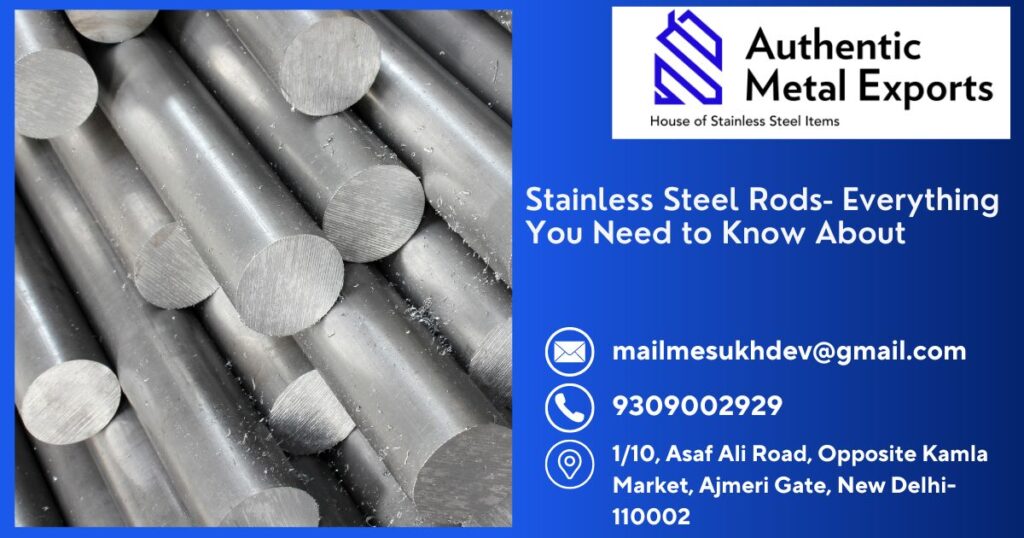Stainless steel has several properties that make it an ideal material for building structures
stainless steel can withstand high temperatures without losing any strength or quality. This makes it perfect for use in industrial settings where there are frequent temperature fluctuations, such as factories or kitchens (or even outdoor grills).
It’s easy to clean–because stainless steel doesn’t rust like other metals do over time, you won’t have to worry about cleaning off any dirt or grime once your project is complete!
Stainless steel is a type of metal that’s resistant to corrosion and rust. It comes in many different types, but there are four main groups: austenitic, ferritic, martensitic and duplex.
Austenitic stainless steel has the highest level of resistance to corrosion and can be used for applications where high strength is necessary.
Ferritic stainless steel has less resistance than austenitic stainless steel but still provides good protection against corrosion if it’s properly treated with chromium oxide (CrO).
Duplex stainless steel is a type of steel alloy that combines the benefits of both austenitic and ferritic stainless steel. It has a unique microstructure that consists of roughly equal parts austenite and ferrite, which gives it a number of advantageous properties.
Stainless steel is a high-strength, lightweight material with excellent corrosion resistance and durability. The low maintenance required for stainless steel makes it an ideal choice for long-lasting structures such as bridges and buildings.
Stainless steel also has aesthetic appeal because it can be polished to a high shine or left unfinished to achieve a matte look.
Stainless steel has many advantages over other construction materials:
A single cubic meter of stainless steel weighs about 880 kilograms; compare this with cast iron at 1,940 kilograms or concrete at 2,400 kilograms per cubic meter! This means that you can use less material to build something strong enough for your needs
This means there won’t be any rusting issues like those experienced by some other types of metals like aluminum which tend not only corrode faster but also leave behind unsightly stains after being exposed over time.”
Stainless steel is commonly used in structural applications, such as building frames, bridges, and other infrastructure projects. Its strength and durability make it ideal for withstanding heavy loads and harsh weather conditions. Stainless steel is also lightweight compared to other construction materials, making it an ideal choice for long-span structures.
Stainless steel is often used for cladding and facades on buildings, providing a sleek and modern look. The material’s reflective surface can also enhance a building’s appearance by creating a play of light and shadow. Stainless steel can be used in a variety of finishes, including mirror, brushed, and textured, to achieve different aesthetic effects.
Stainless steel is an ideal material for roofing because of its durability and corrosion resistance. It can withstand extreme weather conditions, including high winds, heavy rain, and snow. Stainless steel roofing is also low maintenance, requiring minimal upkeep and repairs over its lifespan.
Stainless steel is commonly used for handrails and balustrades because of its strength and corrosion resistance. It provides a modern and sleek look that complements various architectural styles. Stainless steel handrails and balustrades can also be customized to meet specific design requirements.
Stainless steel is widely used in interior design, particularly in commercial and industrial settings. It is often used for fixtures, such as sinks, countertops, and appliances, because of its resistance to heat and staining. Stainless steel is also used for decorative purposes, such as wall panels and artwork, because of its reflective surface.







Pingback: Industrial Applications Of Stainless Steel: Benefits And Advantages |
Pingback: 5 Reasons Why Steel Rods Are The Go-To Choice For Construction |
Pingback: The Fascinating Science Behind The Production Of Stainless Steel |